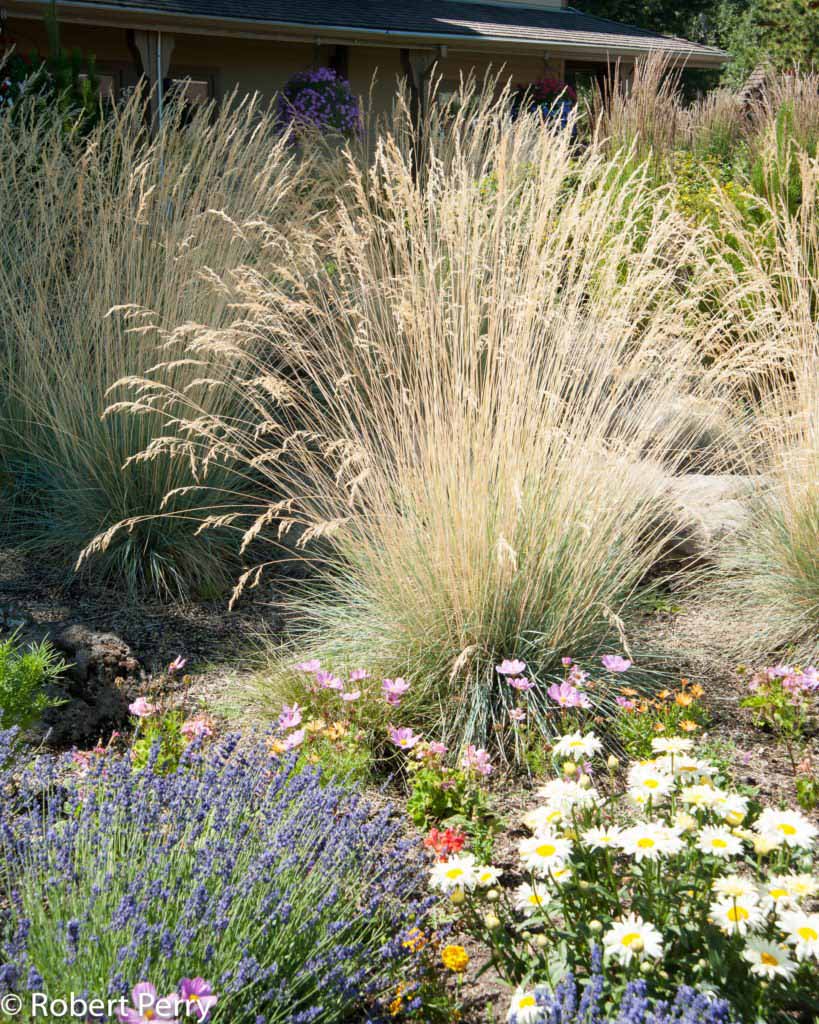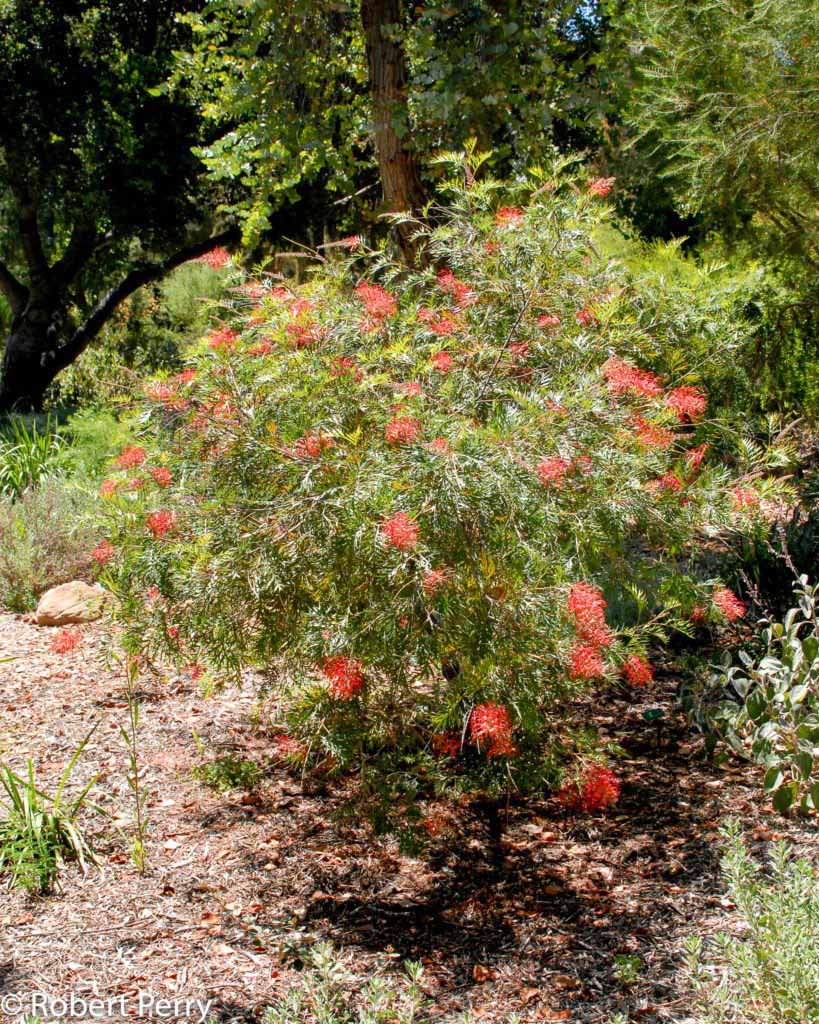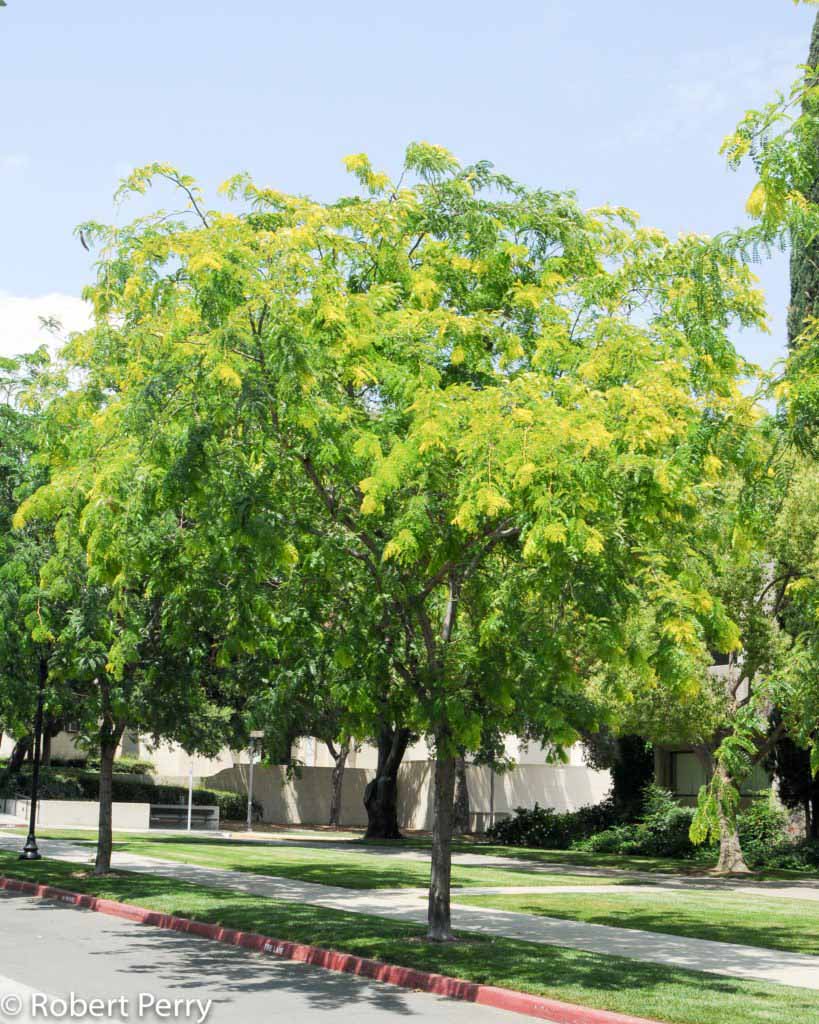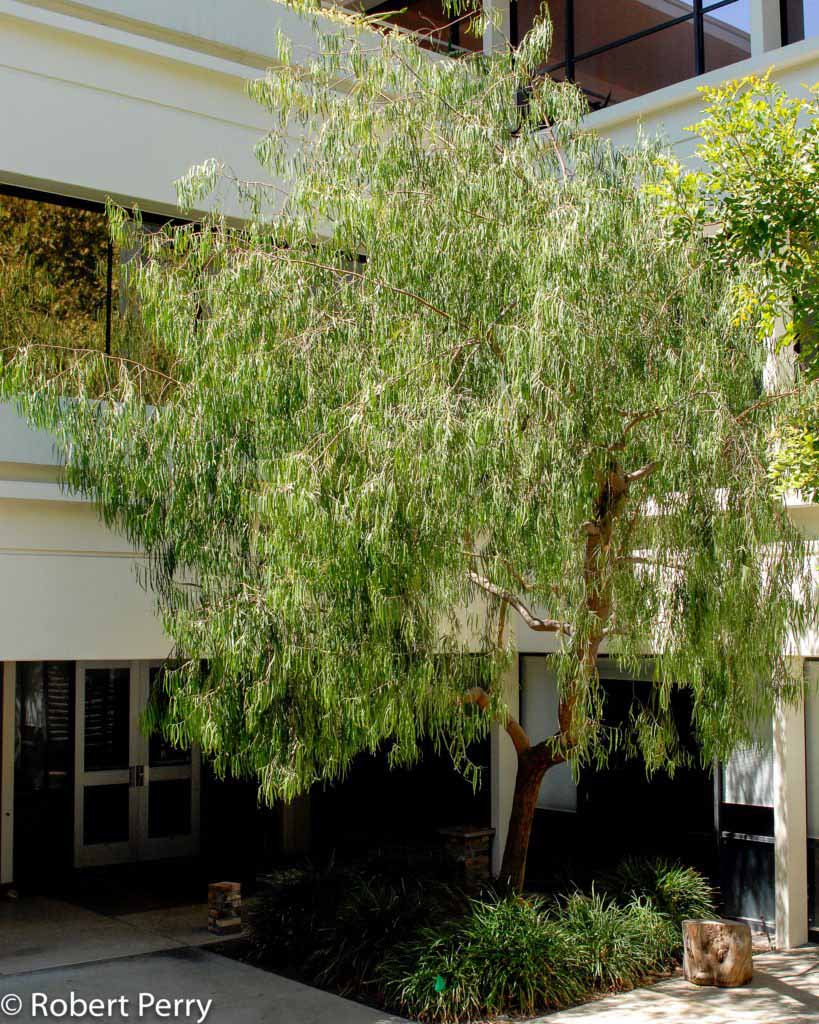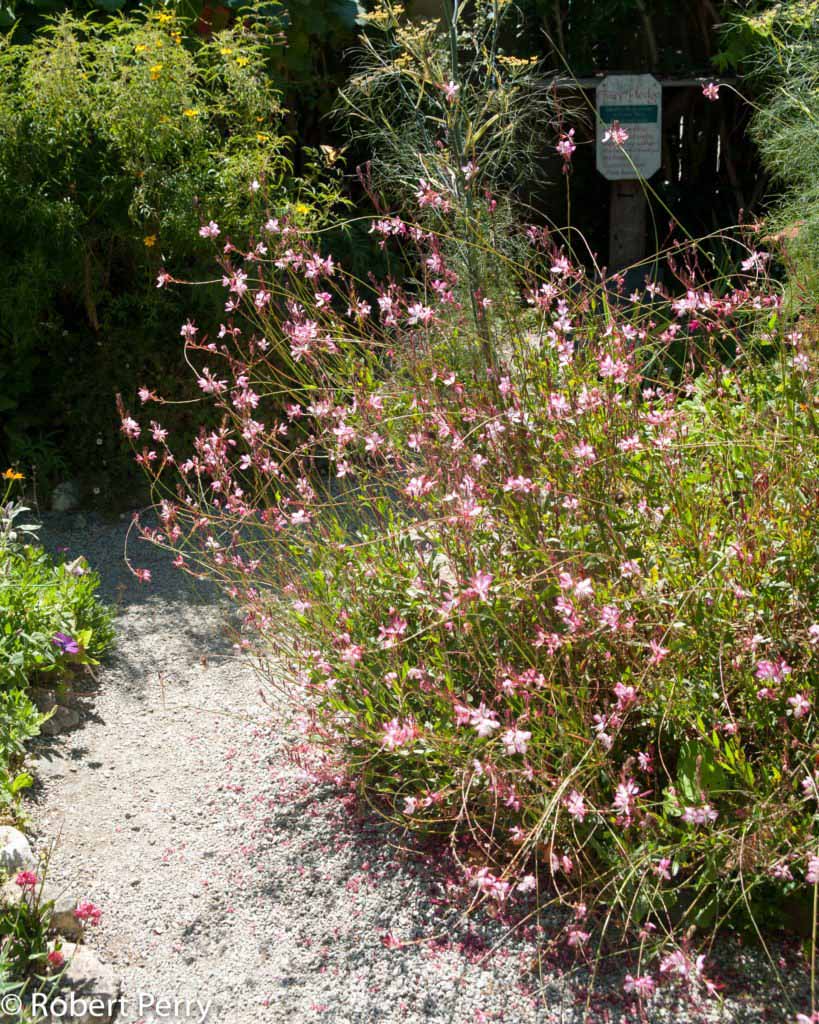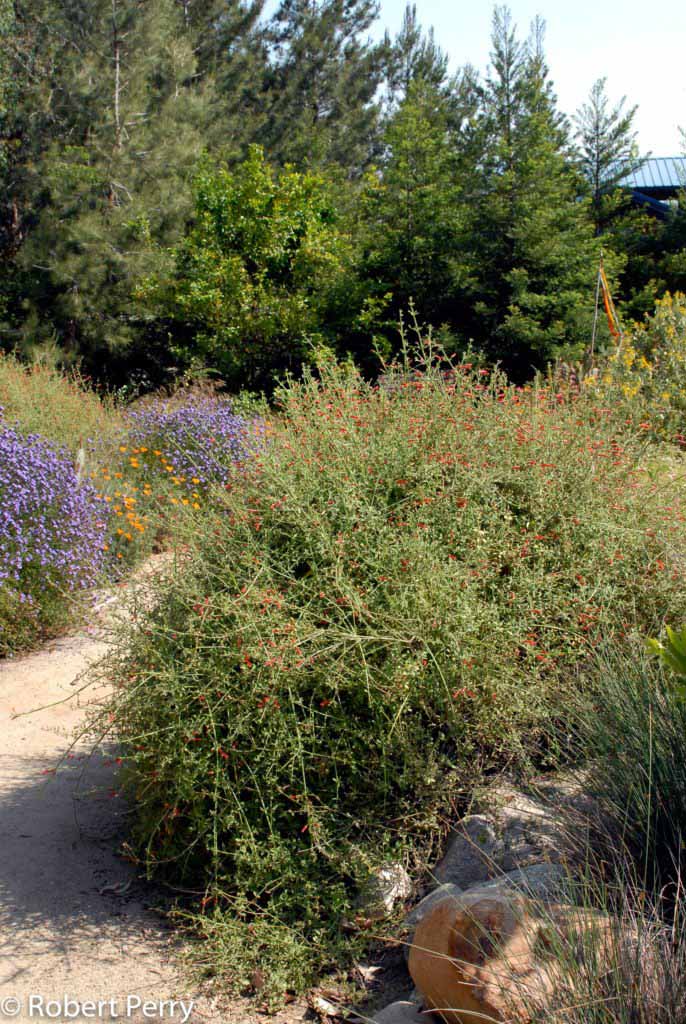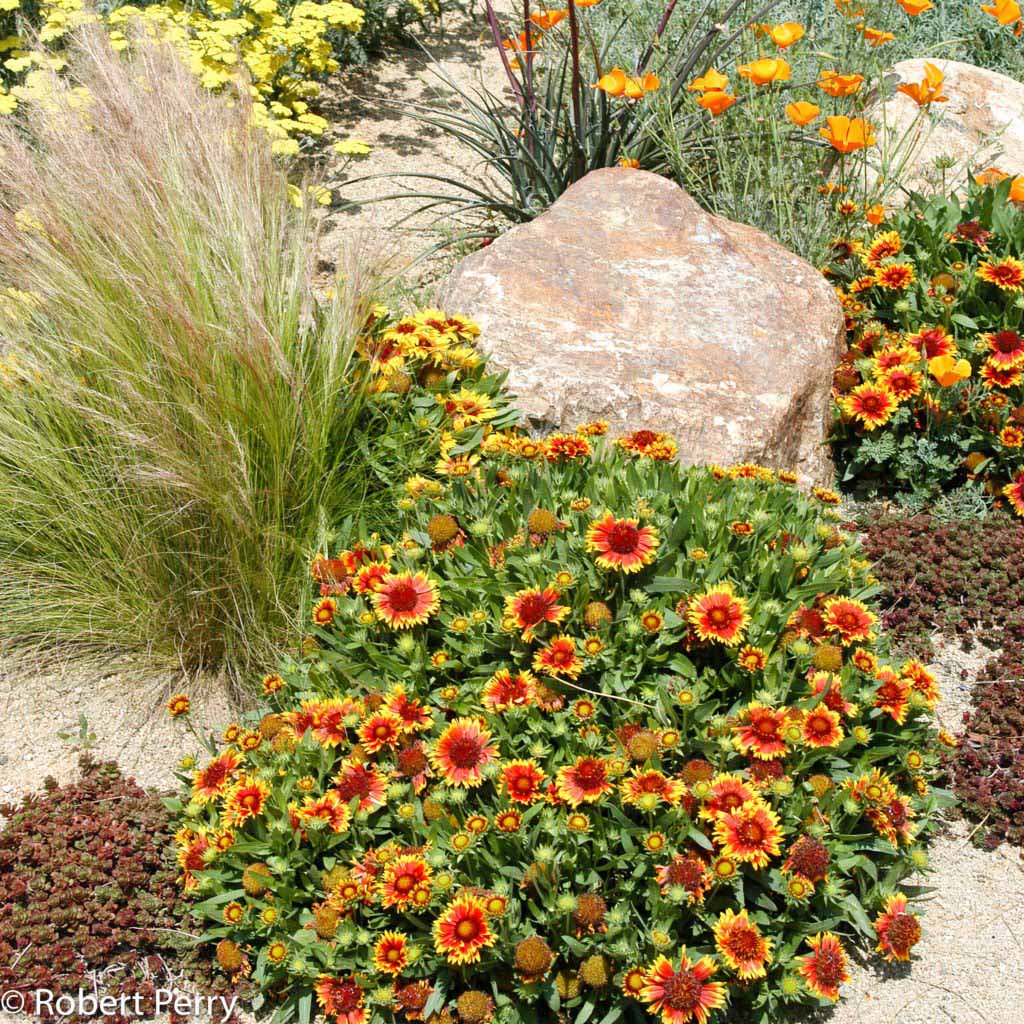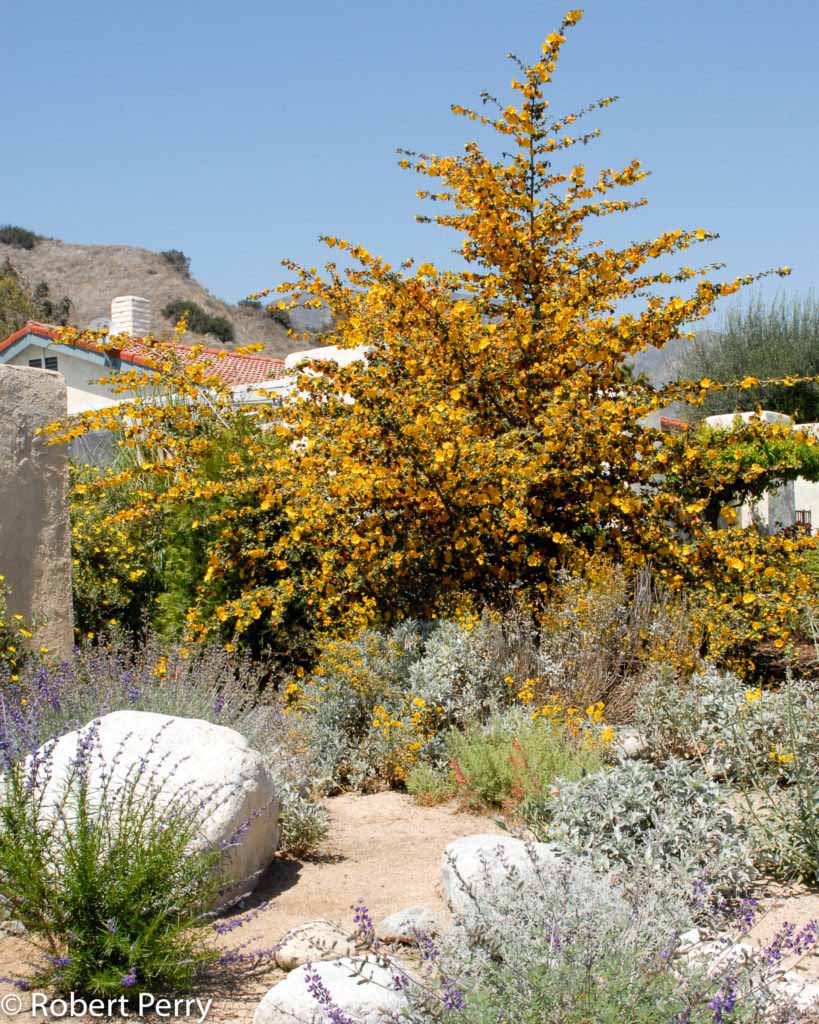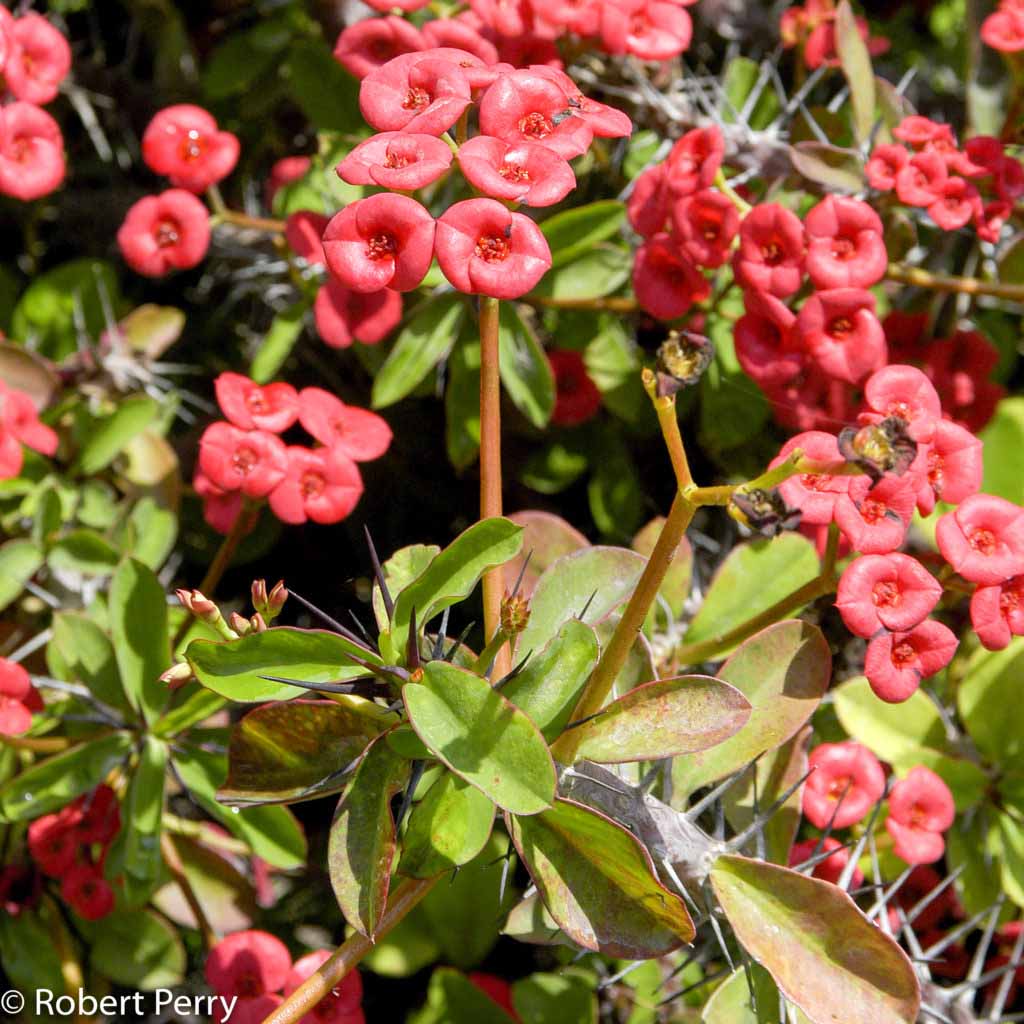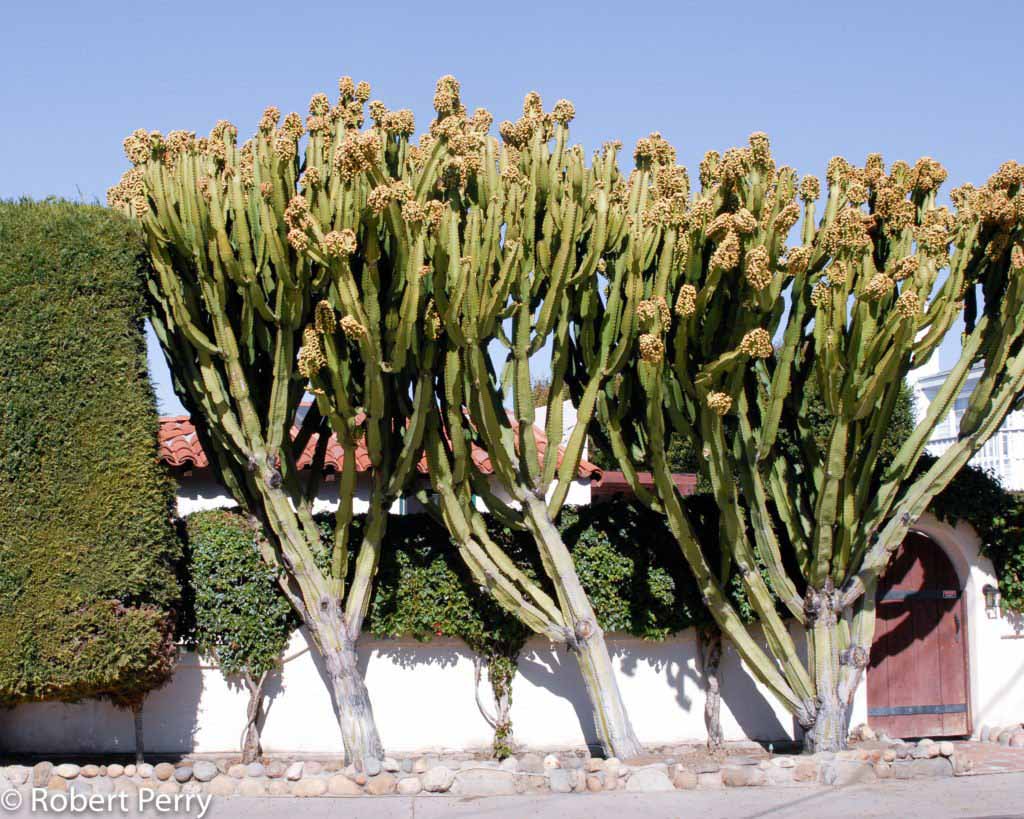Blue oat grass
Blue oat grass is a striking evergreen perennial grass with distinctive blue-gray foliage and a clumping habit that can reach 24-30 in. high. Tall wheat colored inflorescences develop in early summer and grow 6-12 in. above foliage. Blue oat grass is well suited as a contrasting element in mixed perennial plantings, rock gardens and containers. […]
